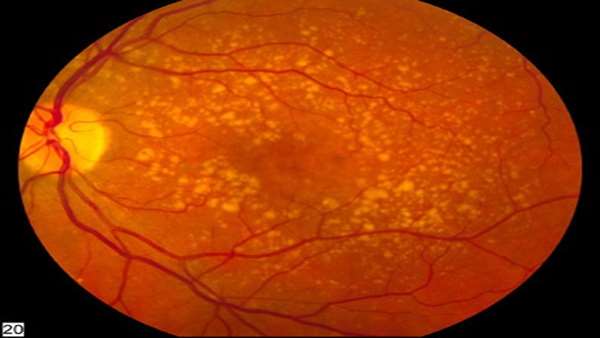CIRM Grants May Fund the Next Great Stem Cell Achievement
All scientific achievement begins with an idea. Yesterday, three researchers at University of California San Diego School of Medicine were awarded funding by the Independent Citizens Oversight Committee of the California Institute for Regenerative Medicine (CIRM) to pursue budding ideas that might eventually impact the field of human stem cell research.
All scientific achievement begins with an idea. Yesterday, three researchers at University of California San Diego School of Medicine were awarded funding by the Independent Citizens Oversight Committee of the California Institute for Regenerative Medicine (CIRM) to pursue budding ideas that might eventually impact the field of human stem cell research.
[human stem cell] Micrograph of human stem cell. Photo courtesy of Wikimedia Commons
The CIRM Discovery Inception Program provides seed money for “great ideas” that need testing and early data before they can compete for later, larger funding opportunities. The Oversight Committee approved more than $4 million for 19 such projects at its May 19 meeting, covering projects ranging from stroke and heart disease to prostate cancer and blindness.
“This is a program supporting early stage ideas that have the potential to be ground-breaking,” said C. Randal Mills, PhD, president and CEO of CIRM. “We asked scientists to pitch us their best new ideas, things they want to test but that are hard to get funding for. We know not all of these will pan out, but those that do succeed have the potential to advance our understanding of stem cells and hopefully lead to treatments in the future.”
Three ideas by UC San Diego researchers involving inflamed brain cells, growing blood cells and building mini-retinas earned awards of $232,200 each:
In recent years, researchers have managed to harness the power of HSPCs to generate retinal cells and tissues, often with an advanced 3-dimensional architecture similar to human eyes. This ability to self-assemble into 3D “mini-retinas” raises hope that such cells could be used for transplantation into individuals going blind from retinal degenerative disease. At present, the process of generating mini-retinas has not been standardized and there is considerable variation in quality, which raises concerns over efficacy and safety. Wahlin and colleagues will use the gene-editing tool CRISPR-Cas9 to create retinal reporter stem cells, which his lab will then employ to develop systematic and quantifiable methods to improve retinal differentiation, particularly in 3D culture. The goal is to identify and optimize micro-environment conditions that mimic the native embryonic environment of developing eyes. He hopes to develop stem cell models of inherited retinal dystrophy applicable to age-related macular degeneration, retinitis pigmentosa and glaucoma.
Reference:https://shileyeye.ucsd.edu/news-events/124





ارسال به دوستان